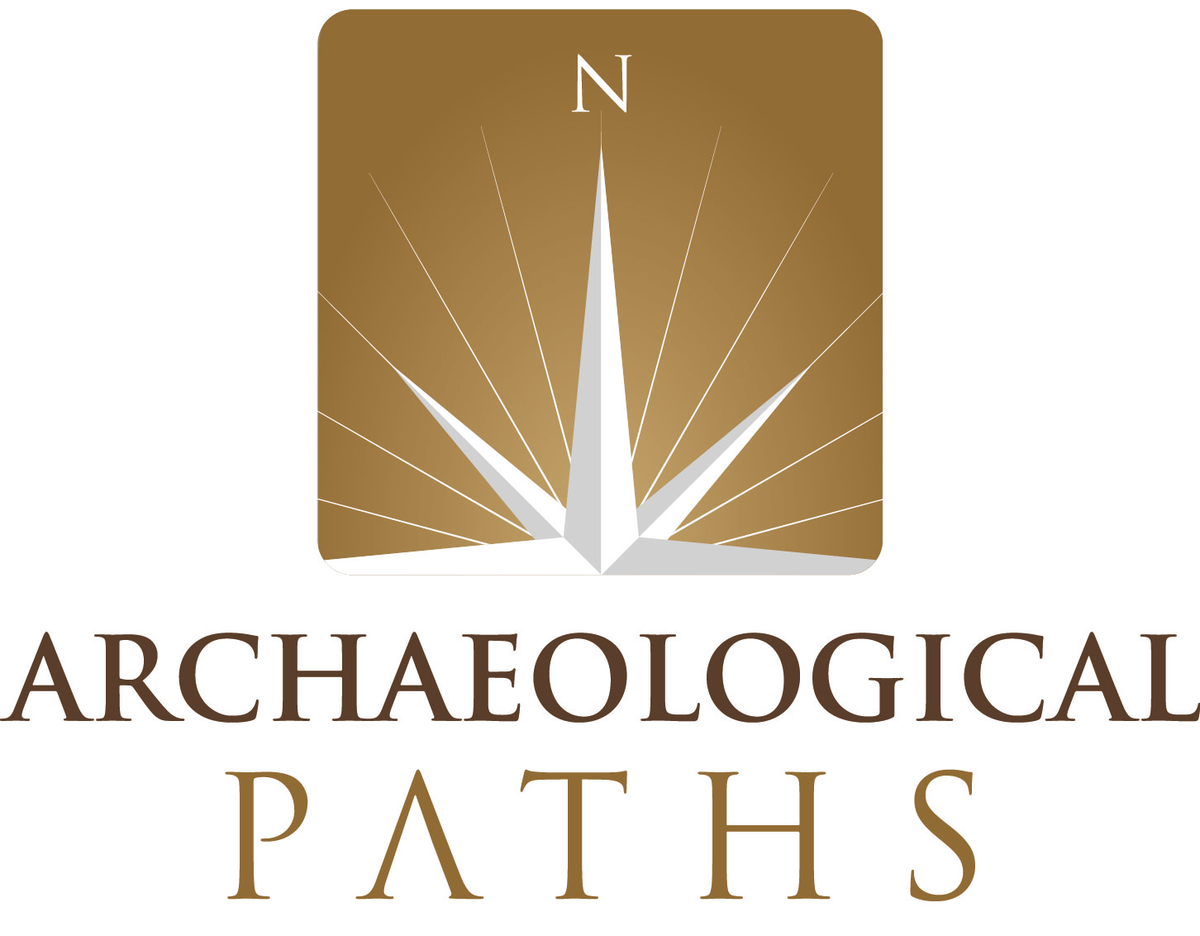| Back in August, I chatted with Jane Richardson, a structural biologist at Duke University, over Zoom. She told me the story of how, in the 1970s, she began to draw proteins as ribbons and sheets swirling and twisting around each other — a depiction of the molecules that quickly became as ubiquitous as it is beautiful.
Richardson spoke from her cabin in the Sierra Nevada Mountains, which she and her husband have filled with art. She told me about the works hanging around her. Some were gifts, she said, from her sister, who has traveled the world for work. Others were by her mother-in-law, a professional artist (though they lost a lot of their favorites in a wildfire). Among them were her own photographs and colorful, hand-sketched ribbon diagrams.
Through our interviews, I truly came to appreciate the person behind the science. Richardson is a structural biologist, yes, and also a philosopher, artist and photographer. She is one of the fascinating characters behind my stories, people who weave their passions into their life's work and drive science forward in surprising ways.
Many details, such as Richardson's wall gallery, don't make it into my articles. But behind the scenes they help me develop my characters and portray their personalities. Reporting this year on significant scientific breakthroughs for Quanta, I was moved again and again not only by my sources' passion but by the infectious geekiness with which they approach their work.
I loved watching them get excited and gesture wildly as they described what they had learned about the world and life and us. And I loved glimpsing their personalities, how they see the world and what their own worlds look like. We talked about everything, and we talked about nothing.
My Reporting Highlights
For the better part of the year, proteins dominated my mind as I reported out a mega-feature on the "protein-folding problem." Proteins are the molecules behind every biological process, from carrying oxygen through the blood to identifying invaders in the body. A protein's function is determined by its shape, but how does it find the correct shape? This question has haunted biologists since the 1950s and eventually led to a biannual competition in which biologists and computer scientists vie to predict a protein's 3D shape from its molecular sequence. Then, in 2020, Google came out with an artificial intelligence tool known as AlphaFold2, effectively solving a big part of the problem and leaving the field of protein science in some combination of elation and confusion. I spent most of 2024 speaking with scientists about the impact of AlphaFold2 on them and their scientific process. I learned that the grief that structural biologists felt over this algorithm, which could solve in moments problems that used to take years of work, has melted into appreciation for a tool that could accelerate their work. This story was a whirlwind to report and a joy to write. So you can imagine my excitement when, in October, I woke to news that some of my story's characters — John Jumper, David Baker and Demis Hassabis — had been awarded the Nobel Prize in Chemistry. Typically, when prizes are announced, you hear the names, then read about their findings and move on. But this time it was personal. They weren't just names; they were people.
Then, after half a year of proteins on the brain, I had the opportunity to think about nothing. "Zero is, by many mathematicians, definitely considered one of the greatest — or maybe the greatest — achievement of mankind," Andreas Nieder, a neuroscientist at the University of Tübingen in Germany, told me. Zero led to the laws of the universe, number theory and modern mathematics. But it wasn't until seventh-century India, relatively late in the history of numbers, that zero acquired a value and became a number. Now, more than a thousand years later, neuroscientists such as Nieder and Benjy Barnett at University College London are probing the brain to understand how it grasps such a strange concept — a numerical object that represents absence. Nieder is always excited to talk about numbers. I first spoke to him in 2023 about how the brain processes small and large numbers. Even then, zero was on his mind: "Number zero is the most fascinating number of them all. It's the eccentric uncle in the family of the numbers." That quote has lived rent-free in my brain ever since. It was satisfying to finally get to publish it.
Speaking of nothing: Did you know that some people don't have a mind's eye? When asked to imagine an apple, people with aphantasia report seeing nothing at all. When I was reporting a story on this phenomenon, I related what I was learning to family and friends — and in the process learned about their varied experiences of the world. Over drinks and chocolate, I watched my mother realize that she has aphantasia. Two of my editors, too, have some form of it. These casual discussions suggested to me that aphantasia seems to be fairly common, or at least more common than realized. But studying mental imagery is difficult because we have to rely on self-reports. When I "see" an apple in my mind's eye, do I see it in the same way as anyone else does? "We think we know what we mean when we talk about what mental imagery is," Nadine Dijkstra, who studies perception at University College London, told me. "But then when you really dig into it, everybody experiences something wildly different." Reporting this story made me realize how much of the world is a construct of our minds: my world, your world, your enemy's world and your best friend's world — they all look very different. |



